





 |
 |
 |
 |
 |
 |
|---|---|---|---|---|---|
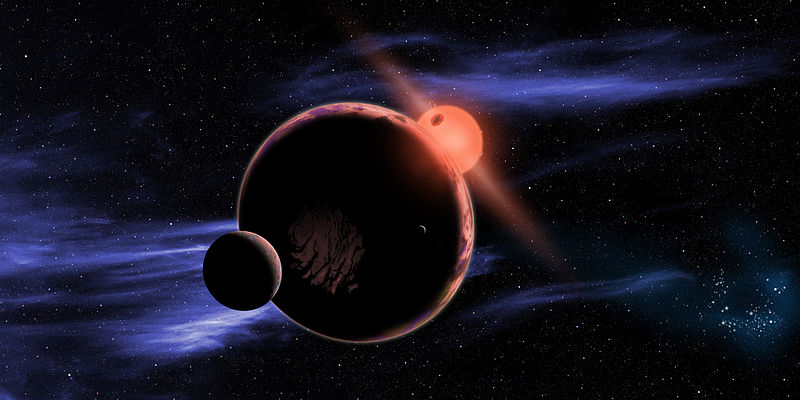 |
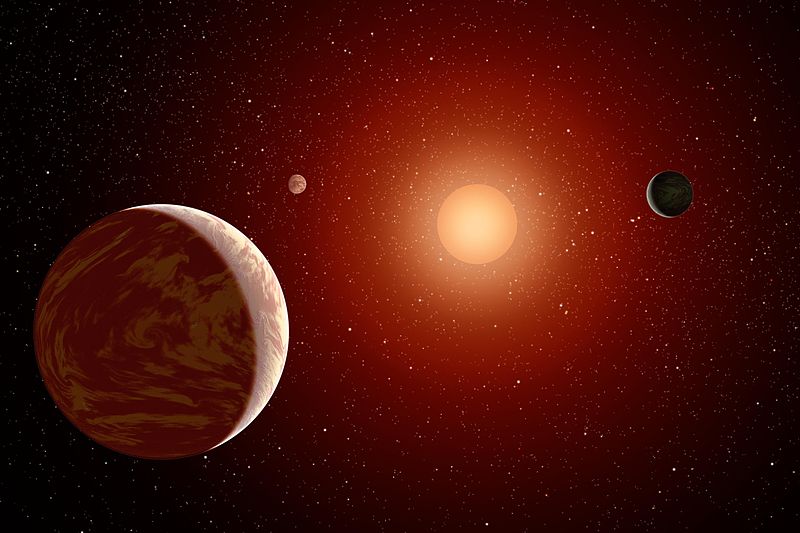 |
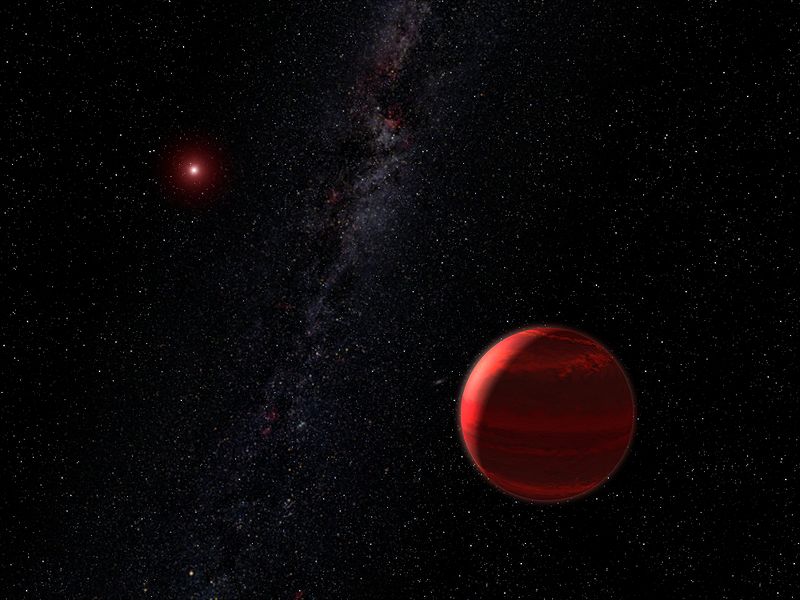 |
|---|---|---|
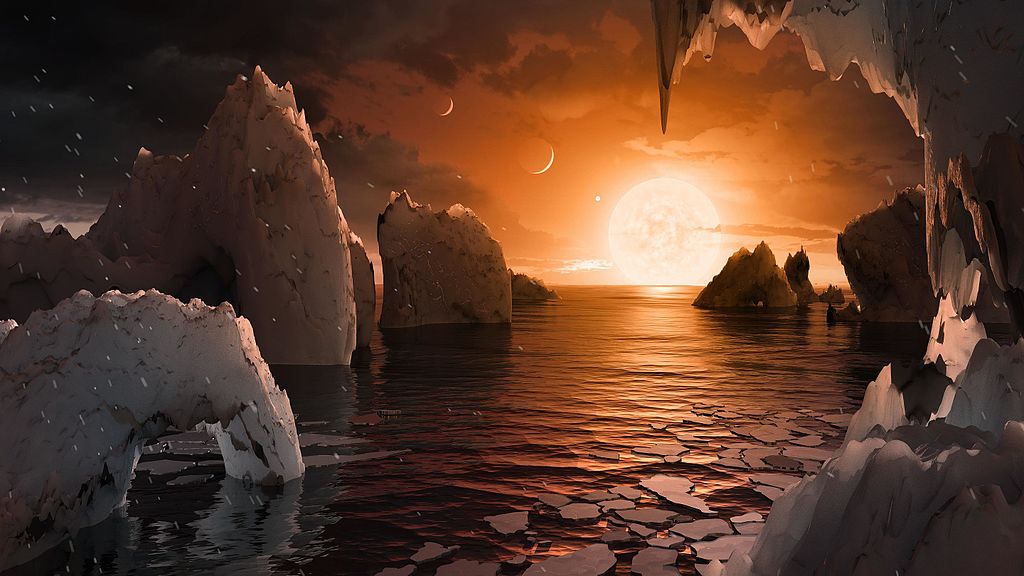 |
|---|
There is no chance that complex life could occur on the planets of Trappist-1 for the following reasons:
Almost all of the light produced by the star is in the infrared and can't be harnessed for photosynthesis.
A planet in the habitable zone of a low-mass star such as Trappist-1 is likely tidally locked to the star, which means that most of the water will be in a giant ice cap on the dark side and the bright side will be an uninhabitable hot desert. Life can only exist at the dusk regions of the planet. This further limits the ability of the planet to harness light for photosynthesis.
Because red dwarfs are fully convective they generate frequent stellar flares, which will like strip the atmosphere and water from the planets.
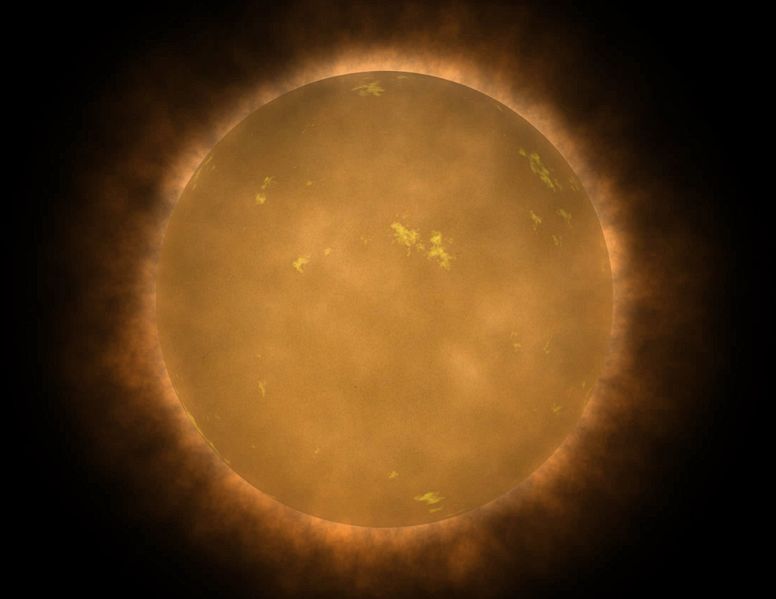 |
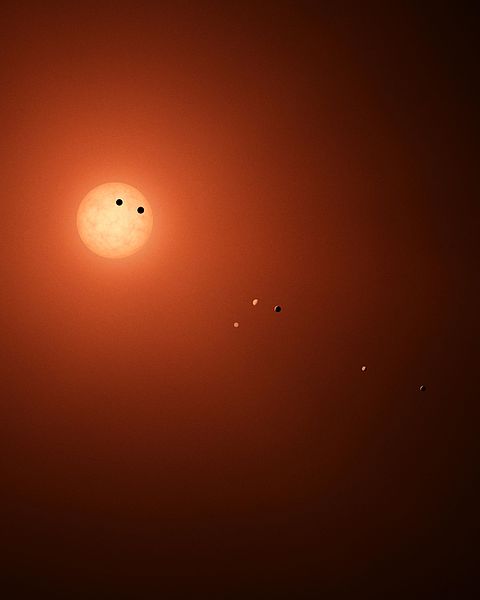 |
|---|---|
Distance = 39.5 light years Mass = .08 solar masses = 26640 Earth masses Radius = .114 solar radii Luminosity =.00052 solar luminosities Temperature = 2550 Kelvin Rotation period = 1.40 days Age = >1 billion years Lifetime = 4500 billion yeers Metallicity = .04 (Slightly more iron-rich than the sun)The inner two planets are tidally locked to the star.
Stars with a mass of less than .35 solar masses are fully convective, as opposed to radiative. This promotes the generation of magnetic fields, starspots, and flares. A starspot can reduce the luminosity by 40% and a flare can double the luminosity. Flares hasten the stripping of the atmospheres of planets.
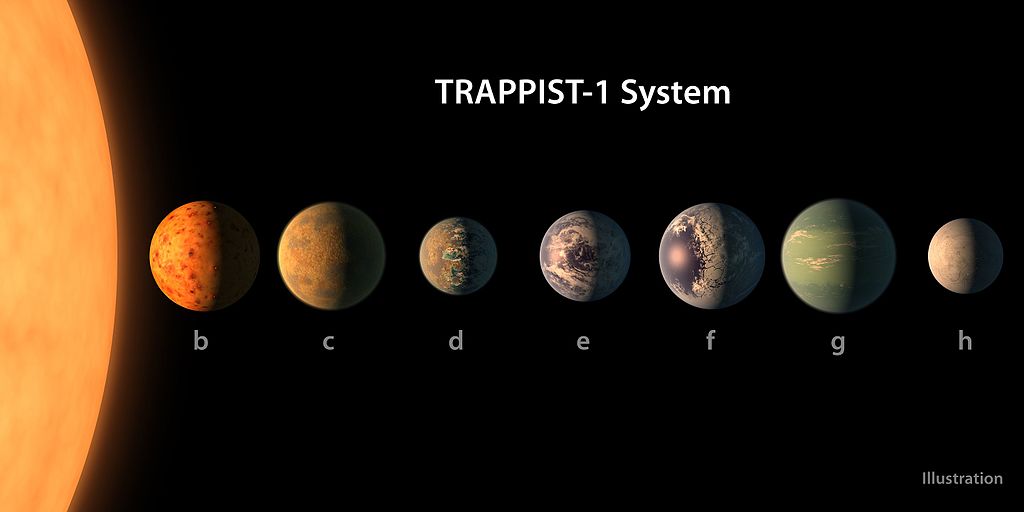 |
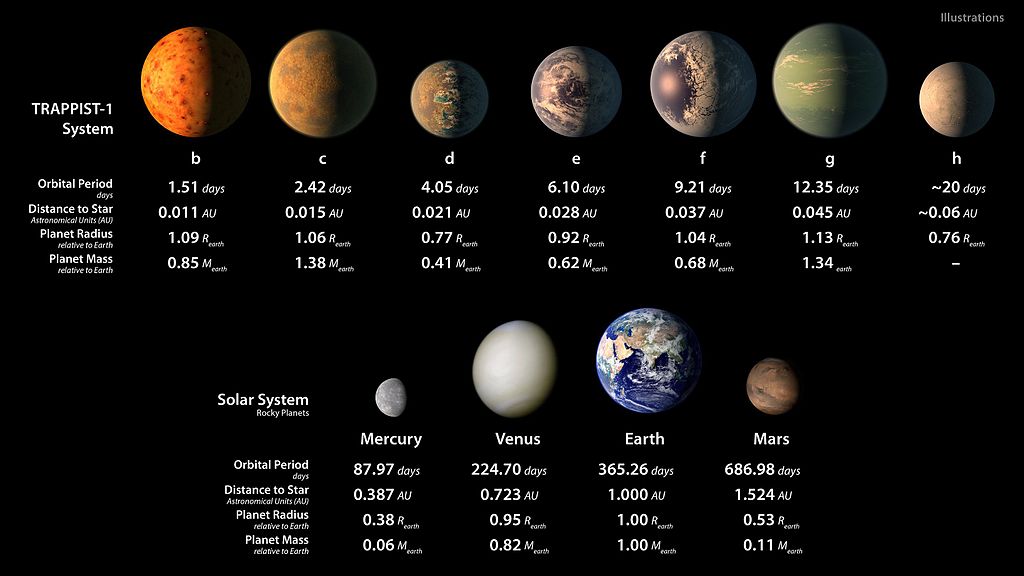 |
|---|---|
Planet Earth Earth Semimajor Orbit Temperature
masses radii axis (AU) (days) (Kelvin)
b .85 ± .72 1.086 .01111 1.51 Tidally locked to the star
c 1.38 ± .61 1.056 .01522 2.42 Tidally locked to the star
d .41 ± .27 .772 .021 4.05 288 Likely tidally locked to the star
e .62 ± .58 .918 .028 6.10 Location of the habitable zone
f .68 ± .18 1.045 .037 9.21 219
g 1.38 ± .88 1.127 .045 12.35
h ? ± ? .755 .063 20
All planets have an orbital eccentricity of less than .085.
All planets have an orbital inclination with respect to the sun's spin of 89.76 ± .17 degrees. In other words, their orbits are coplanar.
According to Wikipedia, planets "b" and "c" have almost certainly lost their water due to stellar flares, and planet "d" likely has as well.
A planet in the habitable zone of a red dwarf star is likely tidally locked to the star.
The habitable zone for Trappist-1 is at a distance of .027 AU (calculation below), which is at the location of planet "e". Planets "d" and "f" may also be habitable.
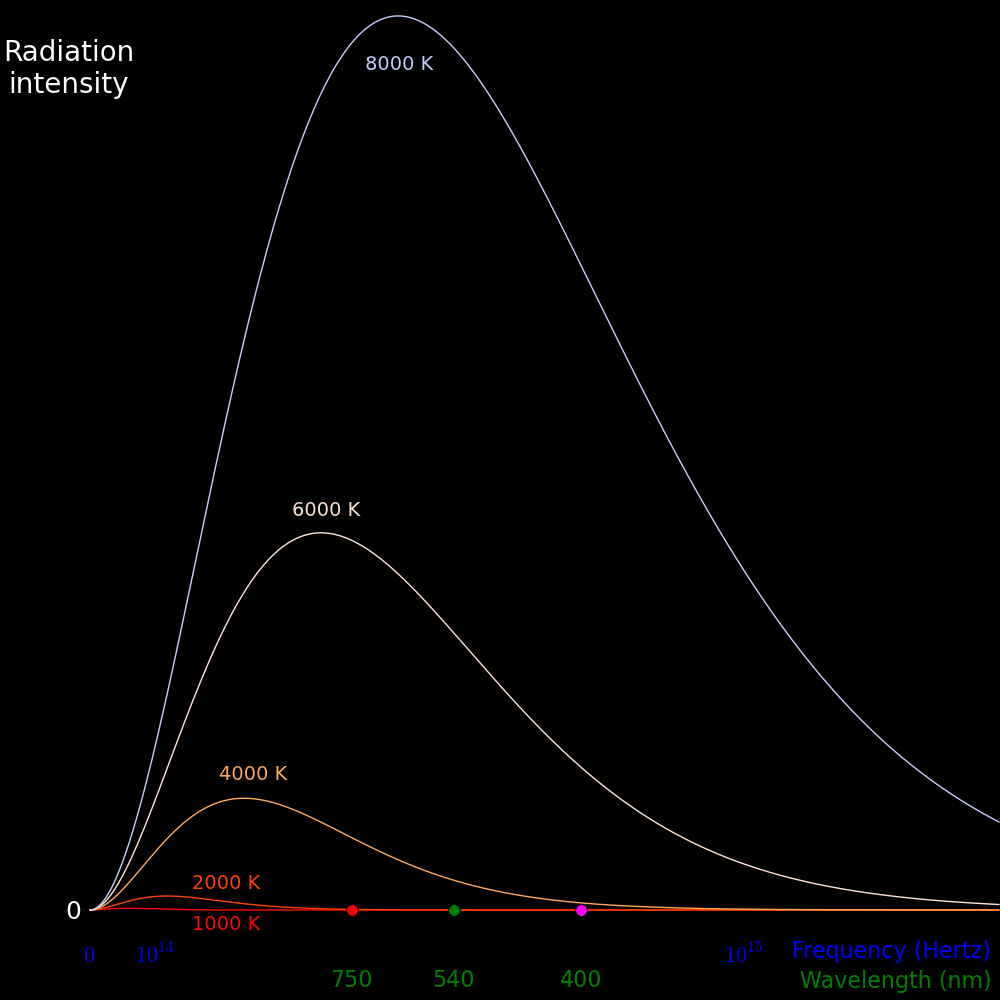 |
|
|---|---|
The left image shows the spectrum of blackbody radiation for various temperatures, with each line colored according to what your eye perceives. The right image shows the perceived color as a function of temperature. Trappist-1 has a temperature of 2550 Kelvin and appears red.
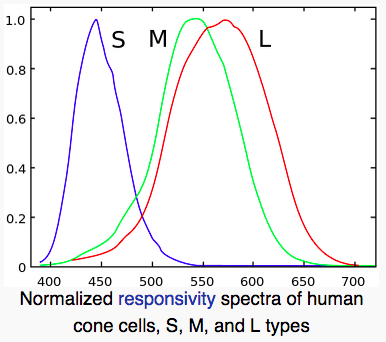 |
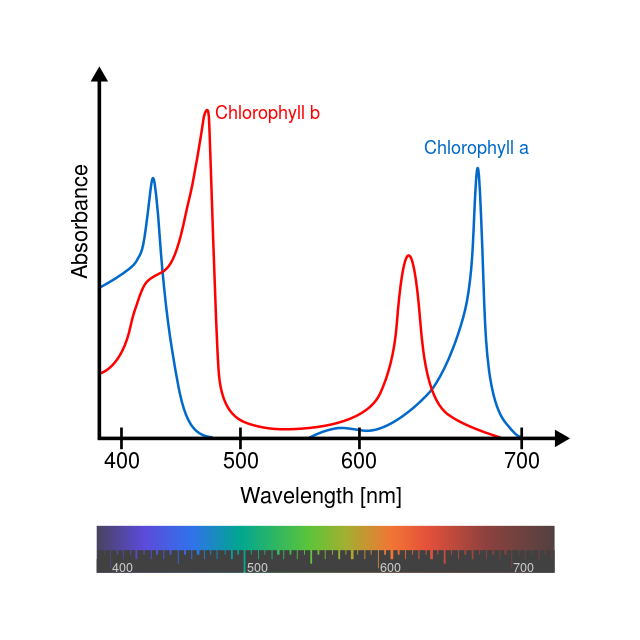 |
|---|---|
Photosynthesis uses light from 315 nm to 680 nm. If we define "infrared" to be light below this range and "ultraviolet" to be light above this range, then the fraction of light emiited in each of these ranges is:
Temperature Infrared Photosynthesis Ultraviolet
(Kelvin) fraction fraction fraction
Trappist-1 2550 .969 .0320 .000017
Sun 5772 .534 .426 .040
Trappist-1 produces mostly infrared light that can't be harnessed for photosynthesis. If we compare a planet in the habitable zone of Trappist-1 vs. the Earth, the Trappist-1 planet gets only 7.5% of photosynthesis light compared to the Earth.
Before the Earth could generate an oxygen atmosphere it had to first reduce the iron in the crust and oceans, which didn't occur until 600 million years before present.
Earth photosynthesis takes 5000 years to generate one atmosphere's worth of oxygen. It is unlikely that a Trappist-1 planet would be able to produce an oxygen atmosphere.
 |
|---|
 |
|---|
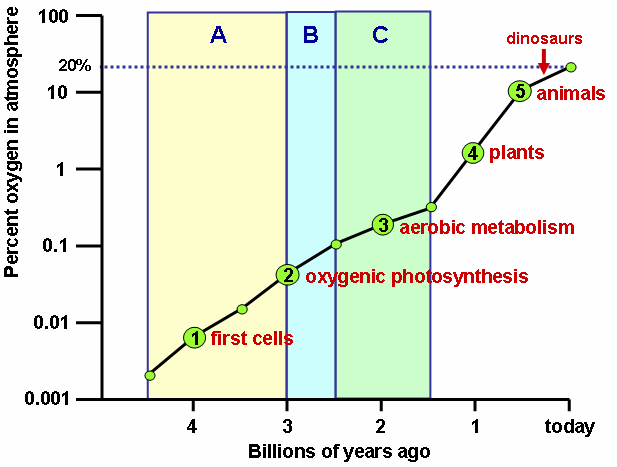 |
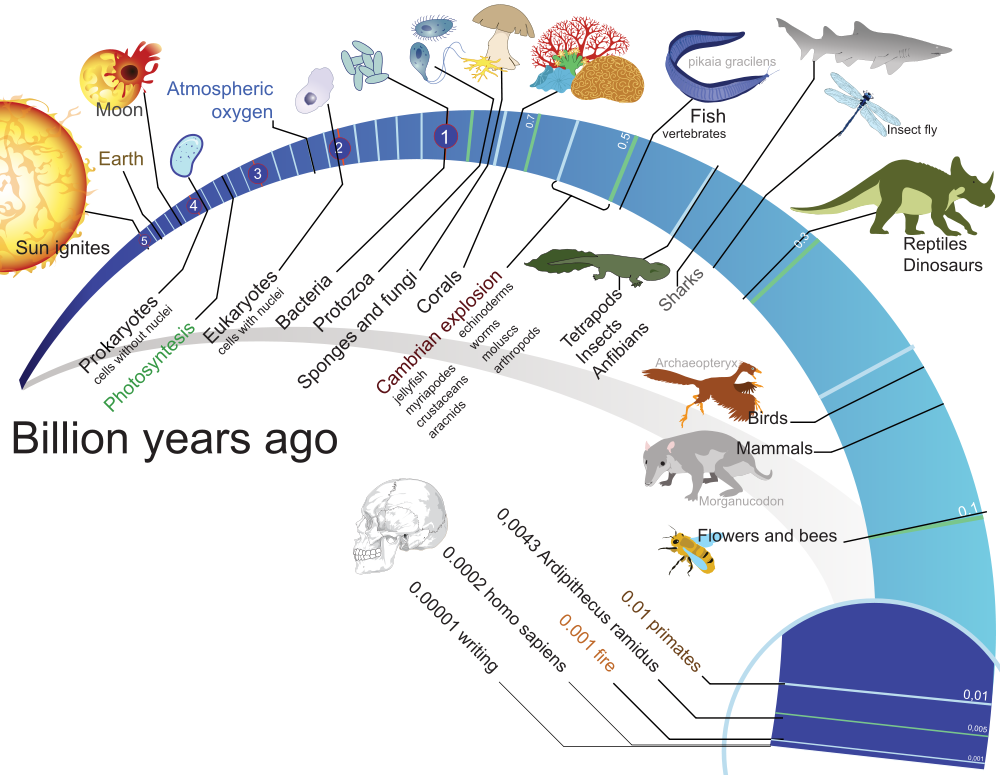 |
|---|
Millions of years ago
Big bang 13700
First planets formed 13000
Earth formed 4500
Photosynthesis 3000
Oxygen atmosphere 600
Multicellular life 600
Vertebrates 480
Tetrapod vertebrates 400
Mammals 170
Dinosaur extinction 66
Cats 25
Cheetahs 6
Tigers 1.8
Humans 1
Lions .9
Agriculture .01
Civilization .005
Calculus .0004
An alien planet could conceivably have formed as early as 1 billion years after the
big bang, meaning that there are likely aliens with a head start on us by billions of
years.
An alien civilization could easily build a rocket that travels at 1/10 the speed of light, which would take 1 million years to cross the galaxy. The aliens have plenty of time to get here.
 |
 |
|---|---|
Chuck Sulfur-reducing bacteria
(Oxygen Clan) (Sulfur Clan)
Mass 100 kg single-cellular
Power source Hydrocarbons + oxygen Hydrocarbons + sulfur
ATP per glucose 30 2
Resting power 100 Watts tiny
Peak power kilowatts tiny
Peak power/weight 10 Watts/kg tiny
Strength Kilonewtons tiny
Computation 10^14 synapses -
Brain power 20 Watts -
Achilles heel H2S Oxygen
Aerobic organisms have an energy advantage over anaerobic organisms.
Aerobic respiration: Glucose + Oxygen --> H2O + 30 ATP of energy Anaerobic respiration: Glucose + Sulfur --> H2S + 2 ATP of energyAerobic organisms also have a weight advantage over anaerobic organisms. Aerobic organisms can get oxygen from the air whereas anaerobic organisms have to carry their oxidizer.
For the reaction Hydrocarbons + Oxygen --> H2O + CO2 + energy Mass of oxygen / Mass of hydrocarbons ~ 8These two factors give aerobic organisms an overwhelming energy advantage over anaerobic ones, and this is the reason why nearly all multi-cellular organisms are aerobic.
Oxygen is usually toxic to anaerobic organisms.
Anaerobic organisms produce H2S and CS2, which is toxic to most aerobic organisms.
Before the Earth had an oxygen atmosphere, sulfur-reducing bacteria ruled the Earth. When oxygen appeared, aerobic organisms took over because of the energy advantage. Sulfur-reducing bacteria retreated underground where there is no oxygen. On occasion the sulfur bacteria make a comeback, such as during the runaway global warming event 251 million years ago. During this episode, the atmosphere became flooded with H2S, causing a mass extinction of aerobic species.
Peter Ward's book "The Medea Hypothesis" has a nice discussion of the rivalry between aerobic and anaerobic organisms, and of the interaction between the Earth's geology and biology.
In the film "Avatar", the atmosphere of Pandora is toxic to humans because of H2S.
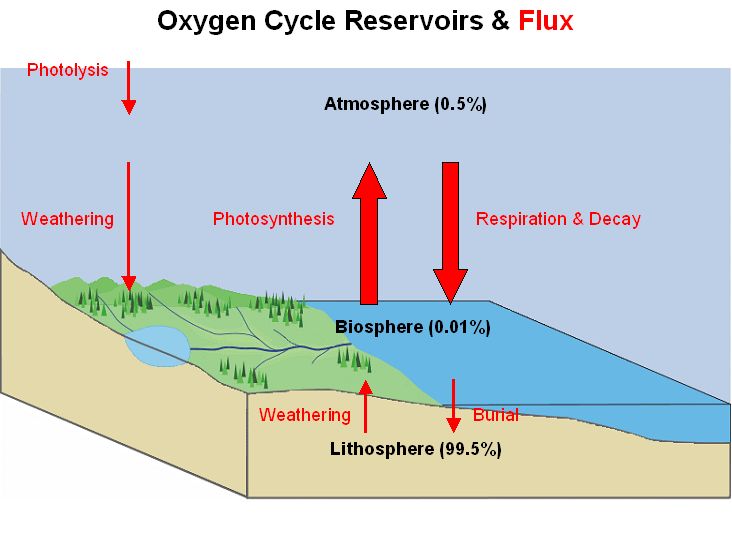 |
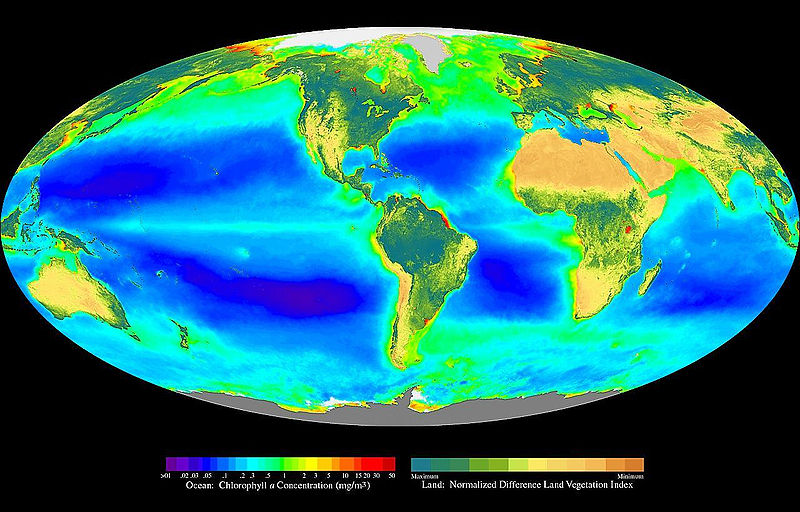 |
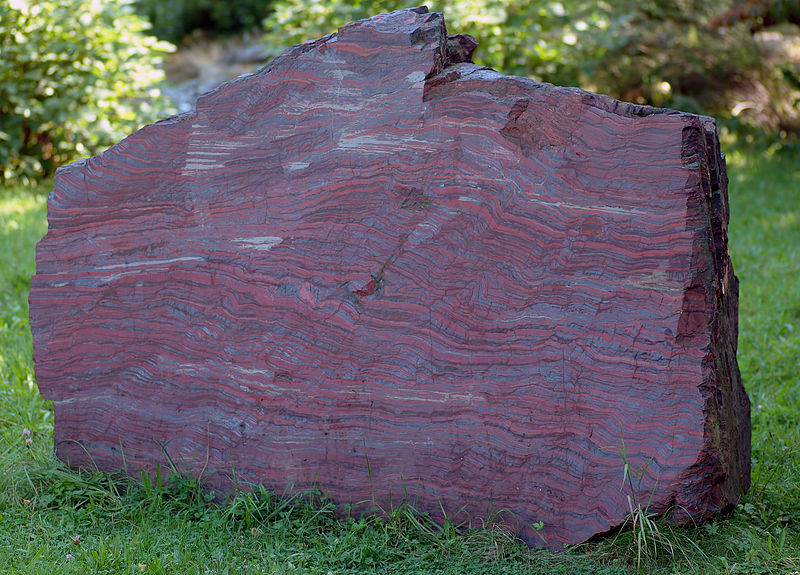 |
|---|---|---|
Define one "Earth Atmosphere Oxygen Mass" (EAOM) as the mass of the oxygen in the Earth's atmosphere, equal to 1.4*10^18 kg.
Oxygen Mass Flux Half life Reservoir (EAOM) (EAOM/year) Atmosphere 1 .000214 4500 years Biosphere .0114 .000214 50 years Lithosphere 207 .00000043 400 million years Land photosynthesis = .000118 EAOM/year = 165*10^12 kg Oxygen / year Ocean photosynthesis = .000096 EAOM/year = 135*10^12 kg Oxygen / yearThe time required by photosynthesis to generate one EAOM is 4700 years.
Early in the Earth's history, oxygen produced by photosynthesis was absorbed by iron dissolved in the oceans, creating "banded iron formations". Once photosynthesis overwhelmed the ocean's iron, an oxygen atmosphere became possible.
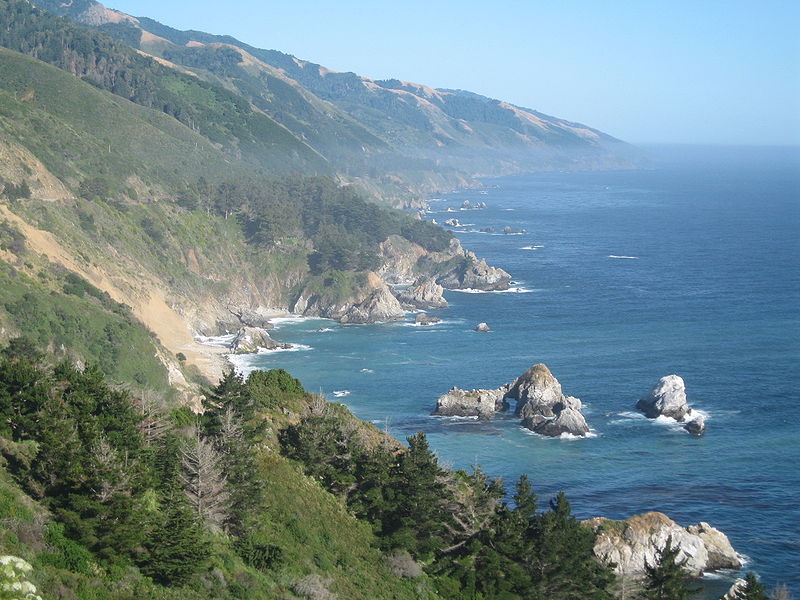 |
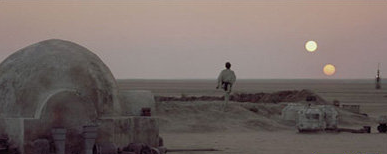 |
|---|---|
A desert planet like Tatooine cannot generate an oxygen atmosphere.
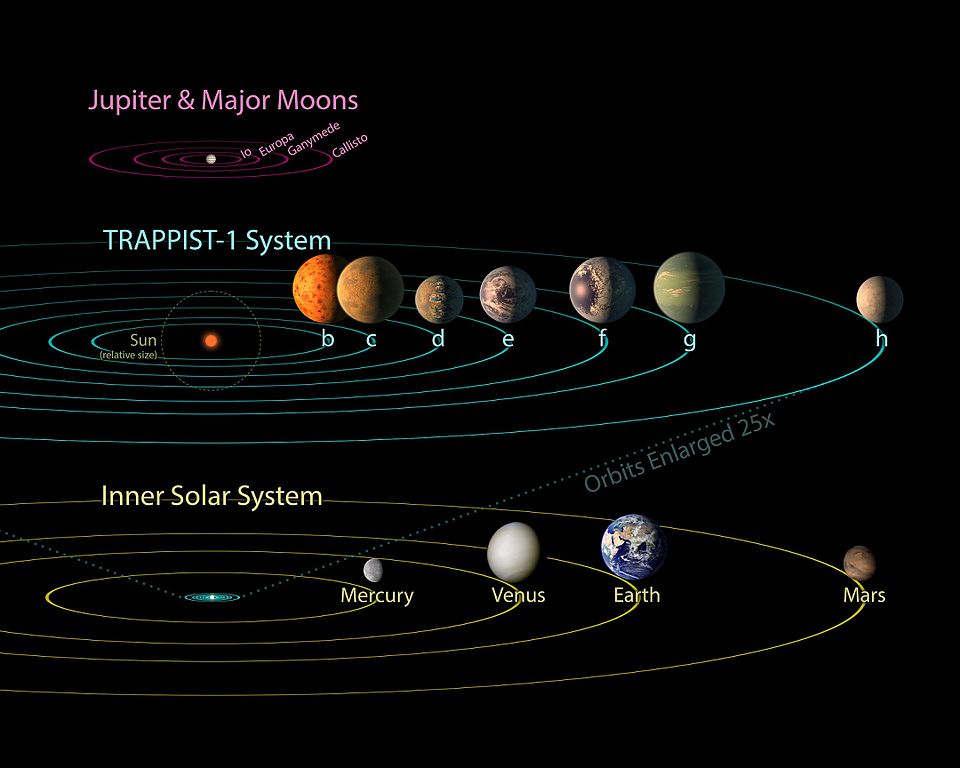 |
|---|
Planet Earth Semimajor Hill radius
masses axis (AU) (AU)
b .85 .01111 .000508
c 1.38 .01522 .000819
d .41 .021 .000754
e .62 .028 .001153
f .68 .037 .001572
g 1.38 .045 .002420
The Hill radius is a measure of the gravitational influence of a planet.
Planets within around 10 Hill radii of each other are unstable and their orbits
will be disrupted.
*** Astronomy textbook
*** Astrobiology textbook
 |
|---|